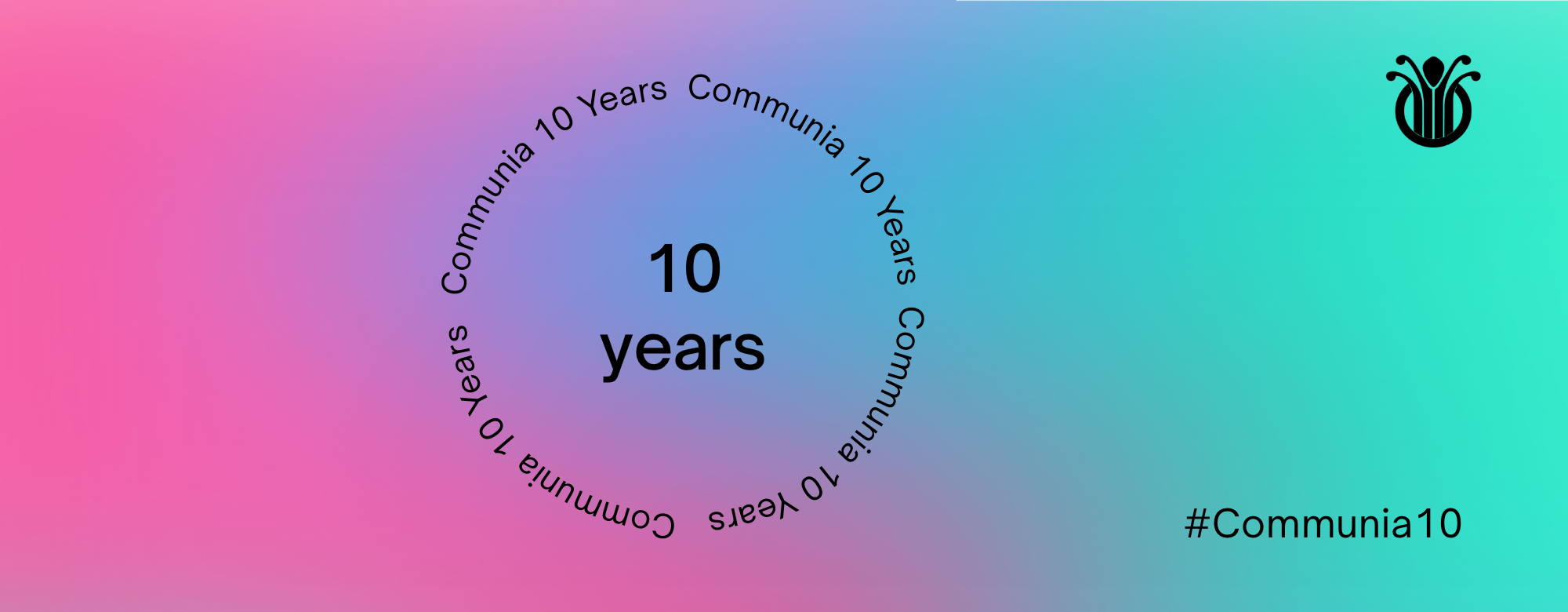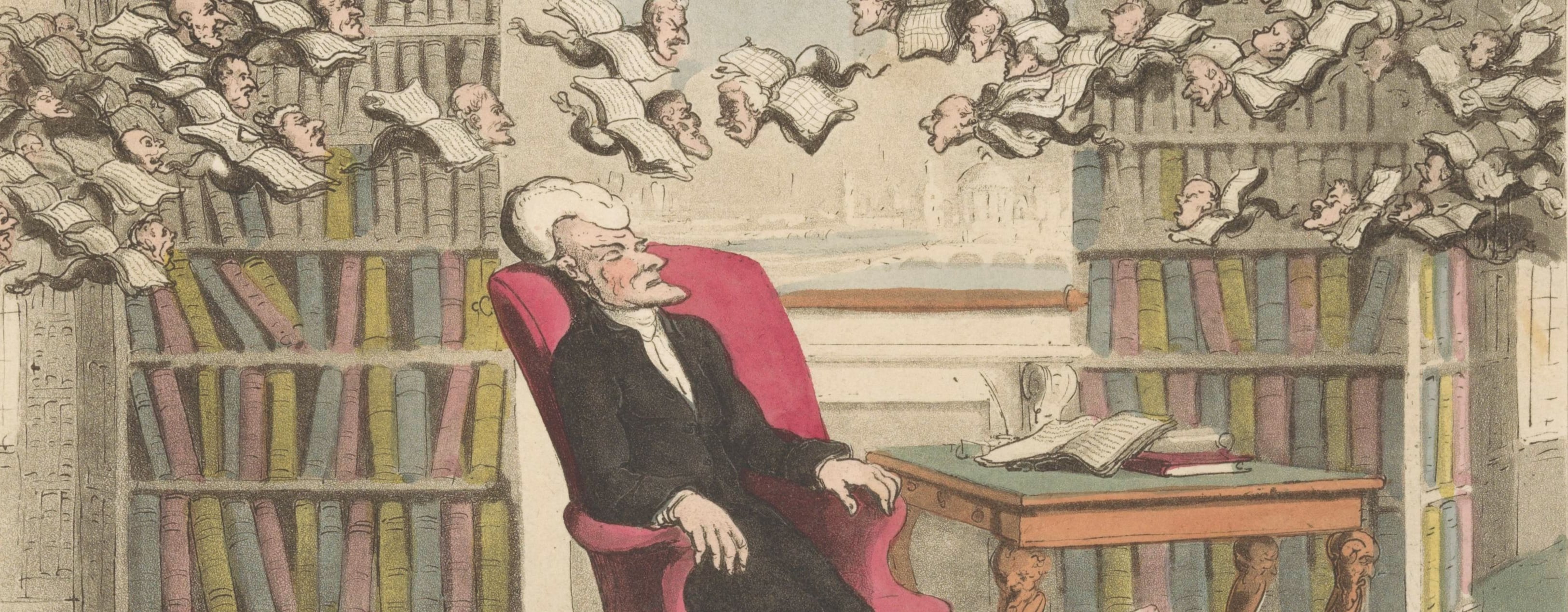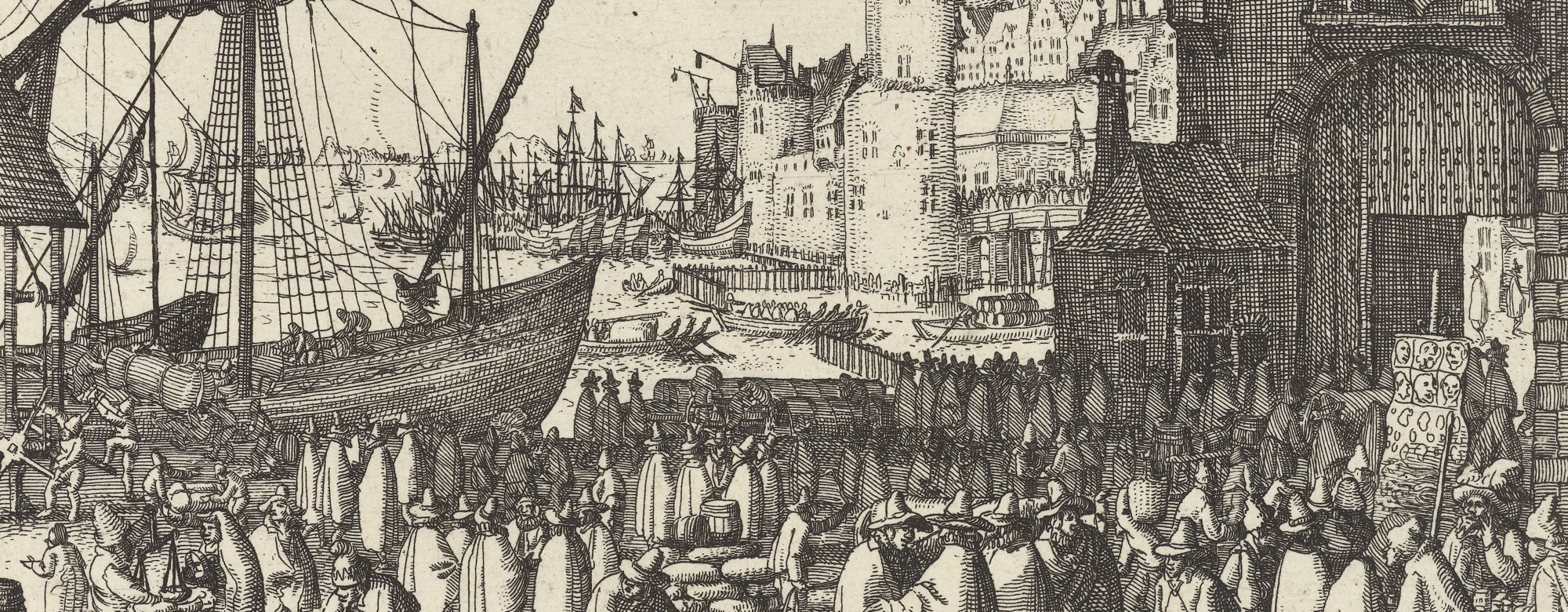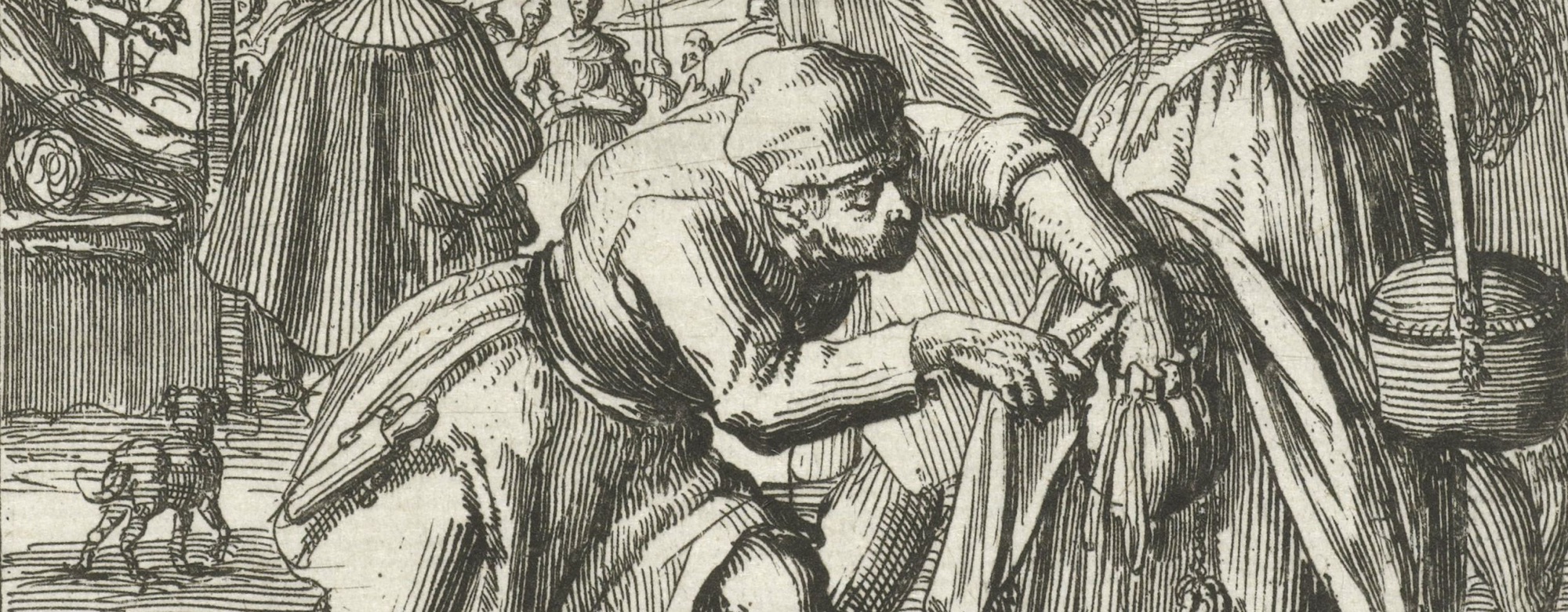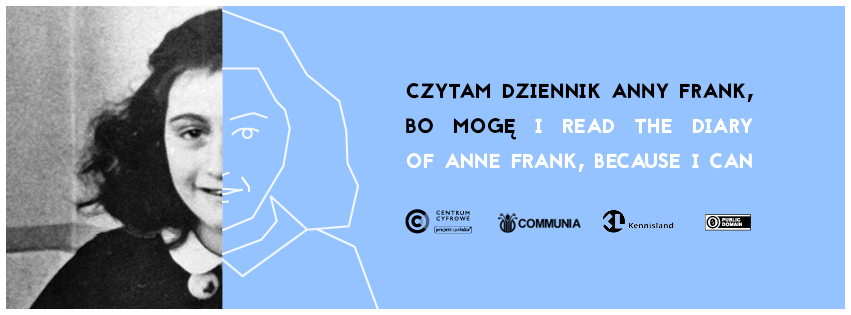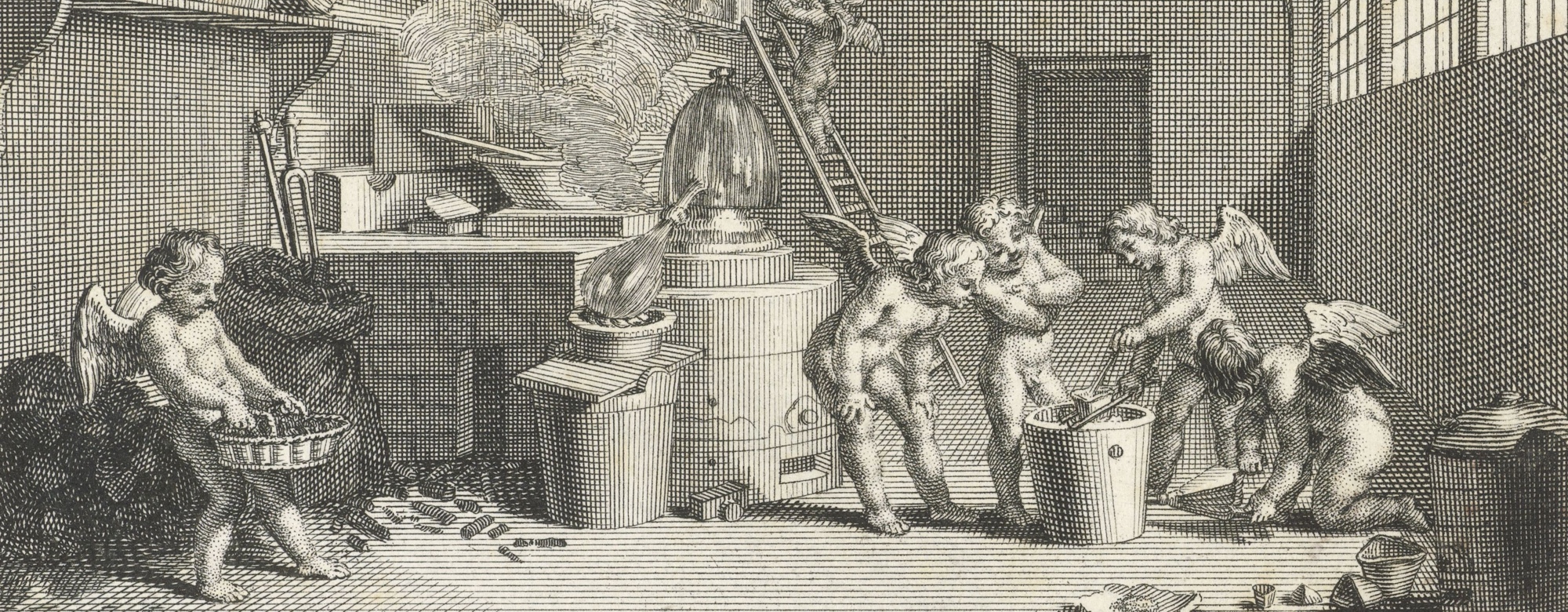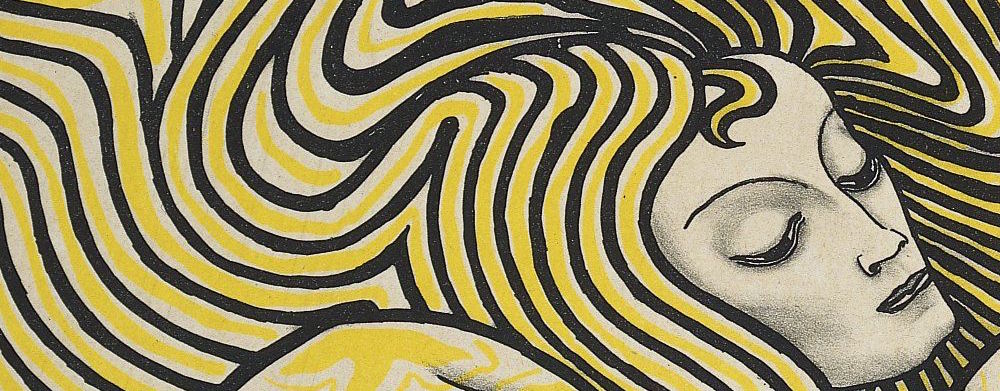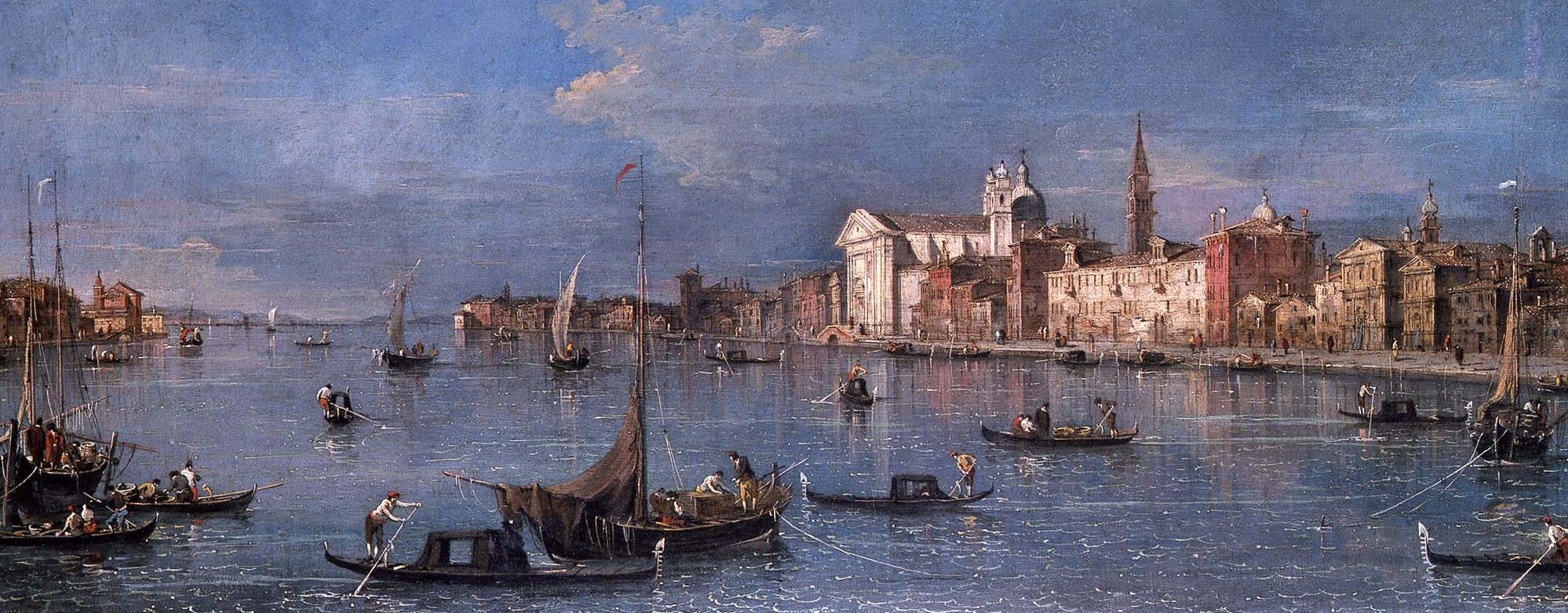10 years of COMMUNIA, a decade of copyright reform: how far did we get?
Last week, on June 15, COMMUNIA celebrated its first 10 years. To mark the event, we decided to revisit the 14 policy recommendations that were issued at the moment of our foundation, and that have been the guiding principles for our advocacy work in the last decade. We launched a new website, dedicated to reviewing […]
